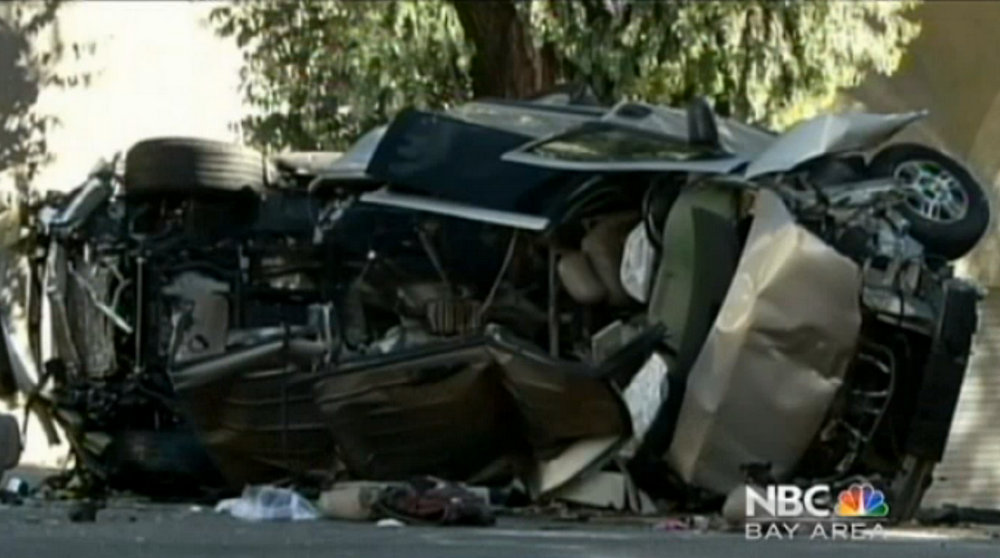
Streetsblog Chicago didn’t endorse Mayor Lori Lightfoot’s plan to lower the threshold for speed camera tickets to 6 mph, which went into effect in January with warning notices, with the cams starting to issue $35 tickets for 6-9 mph violations on March 1. Our reasoning is that the COVID-19 pandemic isn’t a good time to introduce new traffic fines, and that the ensuing backlash could lead to all the cams being taken down.
Sure enough, the backlash went into full effect this week, with the Chicago Tribune and the right-wing Illinois Policy website, absurdly making predictions about how much ticket revenue the 6 mph rule will generate based on the numbers issued during the first week of warnings, when basically no drivers were aware of the new ticketing threshold. Both outlets also questioned whether speed cams have actually any positive impact on safety.
Early figures showed that Chicago’s speed cameras were effective in deterring dangerous speeds. After the Chicago Department of Transportation installed the city’s first 51 speed cameras in 2013, the number of speeding cars observed by the cams fell by an average of 43 percent. At some locations, the number of speeders dropped as much as 99 percent.
This week Streetsblog asked CDOT for fresher numbers, and the department provided the following info about a recent analysis of the speed camera program the department conducted, in compliance with a requirement in the state legislation that enabled the program.
The study
As of January 1, 2020, Chicago had 161 speed cameras deployed at 68 Child Safety Zones (areas within one-eighth of a mile of a park or school, the only locations where state law permits the cams), according to CDOT. 96 of the cameras enforce speed in one direction of travel, and 65 cams enforcing speed in both directions of travel. 84 cameras were installed at 39 park zones, and 77 cameras were deployed at 29 school zones.
For CDOT’s analysis, two single-direction cameras located in close to each other (generally, opposite one another on either side of a roadway) were analyzed as a single location for consistency, the department said. A total of 106 locations, where a total of 149 speed cams were installed, were analyzed using crash data from the Illinois Department of Transportation. Twelve cameras that were activated in 2018 weren’t part of this analysis, because the city doesn’t yet have two full years of before and after data.
The study’s goal was to learn how traffic safety has changed in the areas around the speed cameras, comparing the numbers of crashes before and after camera installation, according to CDOT. Collisions within an eighth of a mile of camera locations were counted for two, two-year periods. 2012-2013 represents the period “before” installation of the cameras, and 2017-2018 represents the period “after” deployment. These two periods were then compared to each other, and then to citywide crash
The results
Between 2012-2013 and 2017-2018, the number of crashes for all crash types considered in this analysis – except bike and pedestrian – increased, both citywide and at speed camera locations, the department said. However, the increases at cam locations were significantly lower than those experienced throughout the city as a whole. “This fact attests to the effectiveness of the cameras.” Some takeaways:
- Fatal or serious injury crashes increased by 1 percent near speed cameras between 2012-13 and 2017-18, compared to a 19 percent increase citywide.
- Between 2012-13 and 2017-18, overall crash totals increased 4 percent in the cam locations, compared to a 26 percent increase in all crashes citywide.
- Speed-related crashes increased 25 percent near speed cameras, compared to a 75 percent increase citywide.

It’s not clear what caused the general increase in crashes, even at the speed camera location, but the increase in miles driven due ride-hail trips replacing transit rides during the last several years is likely at least partly to blame.
But the stark difference between the modest increase in crashes at cam sites versus the dramatic one citywide, including serious and fatal collisions, shows that automated speed enforcement is, in fact saving lives. Hopefully the stricter 6 mph rule will make the cams even more effective moving forward.






